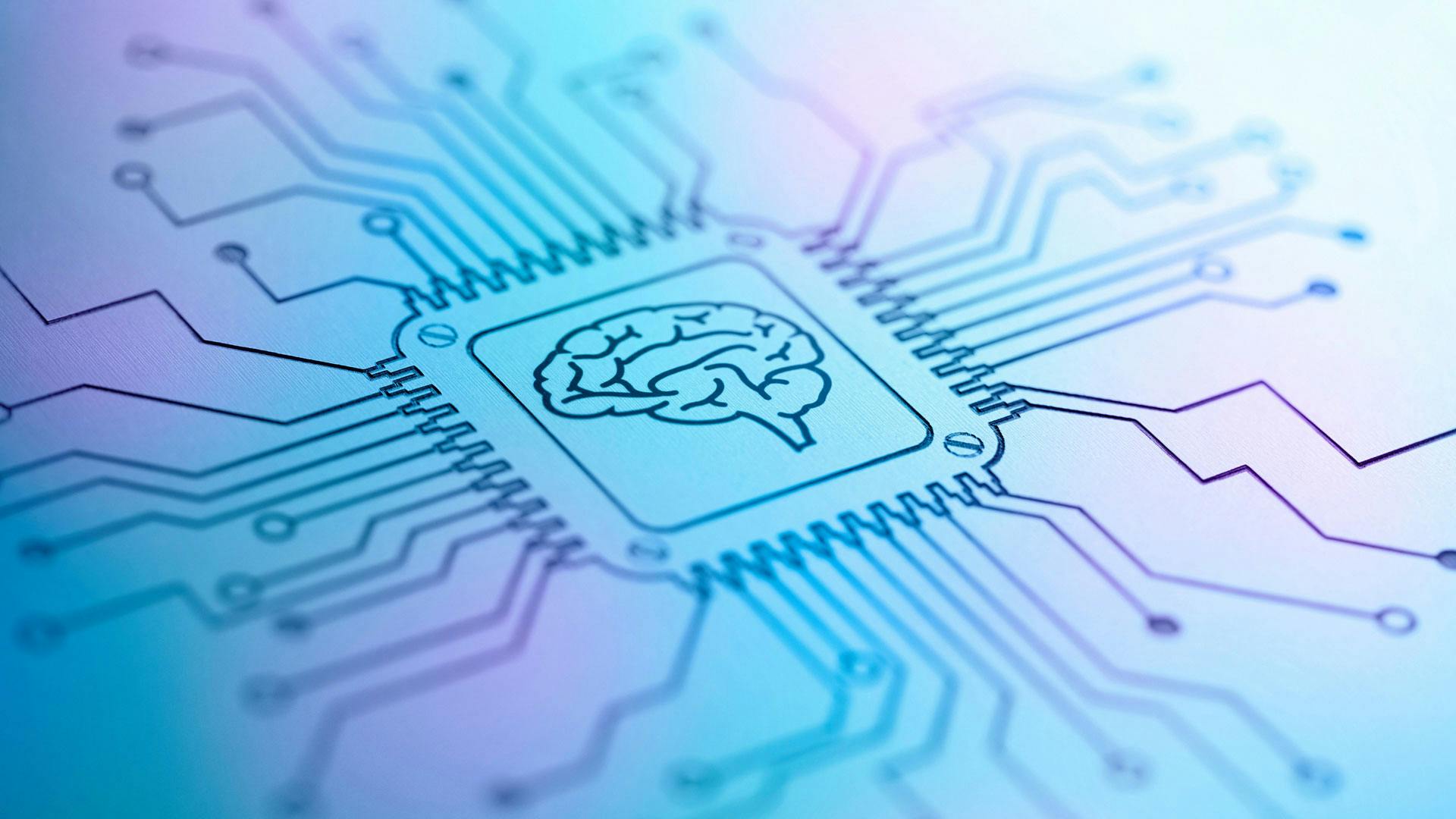the machine vision people
Whether in automation or traffic engineering: With our systems our customers see more. The combination of hardware, data and intelligent evaluation makes applications and analyses possible that were unthinkable until recently. A previously hidden world becomes visible and usable.

